The role of BIM in cities
The socioeconomic impact of our built environment on cities and communities has the potential throughout the asset lifecycle. Whilst providing the greatest challenge requiring the integration of systems and future proofing at an unprecedented scale and complexity.
In order to tackle these challenges, we have seen amazing advancements through the digitisation of services and systems in cities. More and more we hear or see the following acronyms CIM, SIM, BIM, CityGML, and know that data driven decision making is the way to go. These are not new concepts; many individual buildings are already considered “smart” and transport systems in many global cities are powered by big data with to ensure people and goods can move across cities as efficiently as possible and according to demand. Data about the built environment, assets and infrastructure, plays a key role in this process.
Our assets and infrastructure need to be more efficient, provide a greater output with the same input, and have increased impact. Like any business strategy, where cost drivers are assessed to devise the best plan for a positive bottom line, Cities have to make the best possible assessment of their assets: how they are specified, built and commissioned, maintained and operated, to deliver an optimised service for the citizens. All our buildings, roads, railways, homes, water systems, etc. are part of this challenge and in order to understand and measure their performance these need to exist in a digital format where sensed data can be associated to how they are used.
For this to happen we require a common data environment where building information integrates with geospatial information, sensed data about the performance of the asset and citizen and user data to providing information about the demand needs in a context aligned to the provider. One of the simplest but greatest differences I see is we will be asking the same questions of our built environment in a slightly different way, with different time horizons and driven by different incentives – impact, outcomes and performance. It will not only be about how we build to a certain specification, but whether we have delivered the ongoing performance required and how this performance affects and is affected by the activities taking place in and around it.
In the world of Level 3, we anticipate the supply chain changes and new opportunities open up to industries and disciplines not previously in the “business of assets and infrastructure”. We must think about data users operating assets and delivering critical services beyond the construction phase and the technologies that will integrate into the ecosystem of the asset to support performance monitoring. This information, will be a requirement to enable continuous improvement of service provision and the insights gained from the users will inform better briefing at the planning and design stages of new assets.
In the future, even now already, the collaborative practices, technologies, processes and tools that have been developed for the purpose of construction will expand its uses to include others across the asset lifecycle. New users mean new requirements, and ultimately new ways of communicating information about our assets. In the process, we will adapt and integrated with other industry practices to make BIM integral to city models used to plan, design and build better places to live, learn, play and work. The cultural shift is happening, we are in the business of the “smart built environment”, where user experience and feedback is mandatory and assessment of how efficient our assets and infrastructure are become essential to justify the performance and therefore value of our built environment.
We play a key role in how these industries and marketplace will develops over the coming years. Innovating in the way we do things, not only technically but commercially and culturally will be critical for our industry.
Written by Teresa Gonzalez Rico for www.ukconstructionweek.com.

Teresa is a Civil and Structural Engineer with several years of experience in the construction industry. Over the last 4 years she has worked in the Urban Innovation space, focusing on the impact that the built environment has in Cities and people and how the way we build and manage our infrastructure can make smart cities a reality.


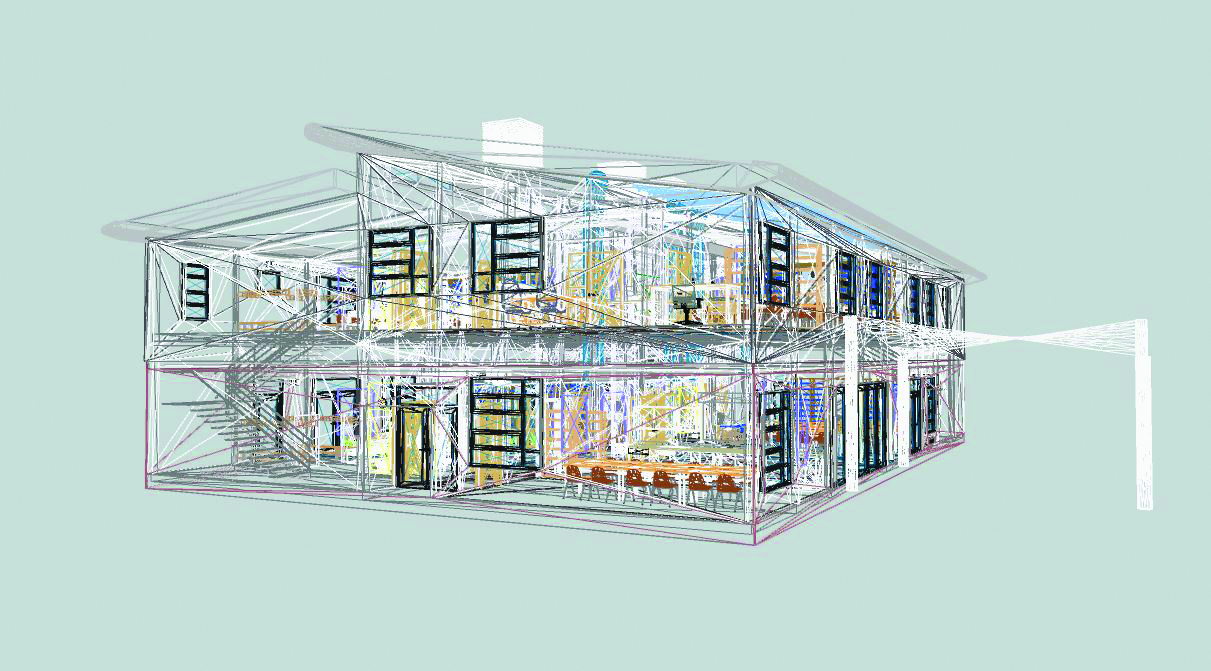

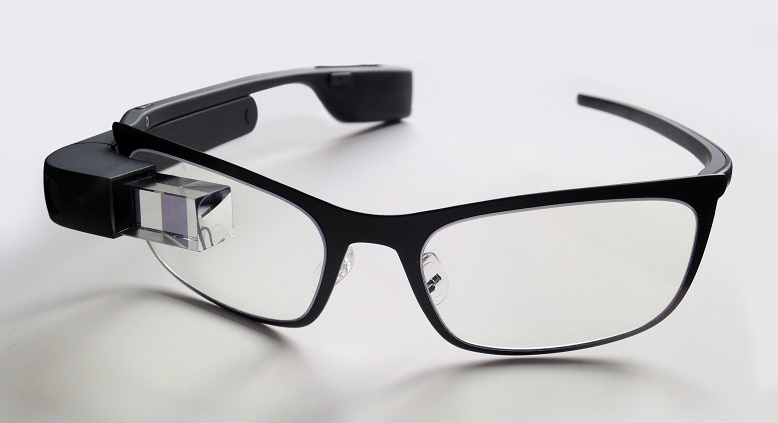
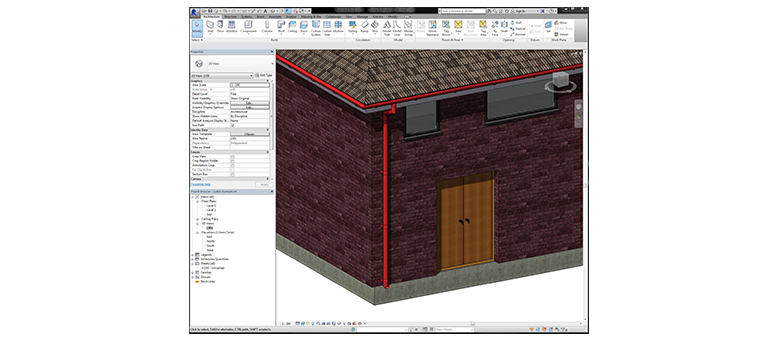


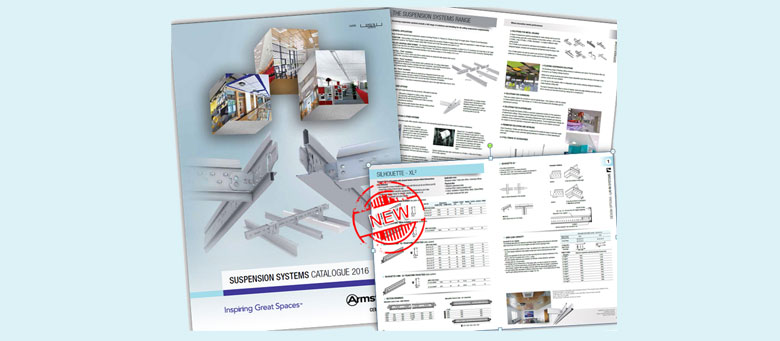
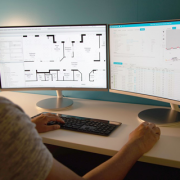




Leave a Reply
Want to join the discussion?Feel free to contribute!